|
A special little monument depicting a child praying recently introduced me to an equally interesting man named William L. W. Seabrook. The Seabrooks are buried not far from the entrance of the cemetery in Area A, within plain sight of the Francis Scott Key Monument in one direction, and the aptly named Key Memorial Chapel in another. Here also, the visitor will find Mrs. Harriet Philipina (Thomas) Seabrook buried along with five additional young children who died rather young between the years of 1863 through 1872. The fore-mentioned child figure monument marks the grave of an infant simply known in our records as L.S. I’ve deduced this to denote the name of Luther Stanley. Four siblings of L. S. can be found in separate graves—all sharing a central miniature obelisk. Interestingly, the least appealing grave monument in this plot belongs to the family patriarch and original purchaser (of the cemetery ground). His name was William L. W. Seabrook and his life story and accomplishments are very impressive. Seabrook's obituary in the Frederick News, American Sentinel, Baltimore Sun and Gettysburg Times and several other regional papers in September 1916 reads as a well-crafted biography. I will include that here later, thinking perhaps that this man, himself, could have been responsible for writing it as he made his mark as a long-time newspaper editor.
The Gettysburg Railroad line which Mr. Seabrook was building was also known as “Tapeworm Railroad.” It had been planned by Congressman Thaddeus Stevens, who began his law career in Gettysburg. The transportation line was given this odd nickname by opponents who ridiculed its planned lengthy serpentine layout (of switchbacks) connecting several forges and furnaces. One of these was owned by Mr. Stevens himself and called Maria Furnace. Its ancient remains can still be found around the Green Ridge of South Mountain. This very early railroad, not to mention its connections to Thaddeus Stevens, intrigued me. In 1836, a man named Herman Haupt had surveyed the "road from Gettysburg across South Mountain to the Potomac" and in 1838, the rail "bed" was "graded for a number of miles, but never got further than Monterey.” No train ever traveled on "the Tapeworm," and no rails were ever laid but the route was surveyed and graded in Adams County. The right-of-way was later used by the Susquehanna, Gettysburg and Potomac Railway and its successor, the Baltimore and Harrisburg Railway to build a line from Gettysburg west to Highfield, Maryland. Some may recognize a highly visible part of this line on the northwest portion of the Gettysburg Battlefield property at McPherson Ridge with its memorable railway cut through surrounding reddish-brown sandstone. Heavy fighting during the battle took place here, and also around the Seminary Ridge railway cut, on July 1st, 1863. As for Thaddeus Stevens (1792 – 1868), he was an American politician who served as a member of the United States House of Representatives from Pennsylvania, being one of the leaders of the Radical Republican faction of the Republican Party during the 1860s. As chairman of the House Ways and Means Committee during the American Civil War, he played a leading role, focusing his attention on defeating the Confederacy, financing the war with new taxes and borrowing, crushing the power of slave owners, ending slavery, and securing equal rights for the freedmen. He was a fierce opponent of slavery and discrimination against black Americans, and sought to secure their rights during Reconstruction, leading the opposition to U.S. President Andrew Johnson. I found this fascinating as our subject, and his father, were acquainted with this man, especially considering their respective ties to Gettysburg and the Republican Party as you will soon learn. William L. W. Seabrook would also have a strong connection to another Republican politician with indelible ties to Stevens, the abolition of slavery, and Gettysburg—Abraham Lincoln. Let’s get back to Fairfield and the childhood days of our subject. Nearly six years after the death of his father, William L. W. Seabrook’s mother, Harriet P. (Beckenbaugh) Seabrook, made the decision to move back to her former home in Frederick County’s Creagerstown. The boy, now 10, would attend school here and work on the family farm. He would also learn to perform clerk duties in the store of his uncle, Michael Beckenbaugh. The family attended the Lutheran Church there. Around 1850, William L. W. Seabrook moved to Gettysburg and learned the printing trade under a gentleman named Robert Goodloe Harper, Jr. Harper published the Adams Sentinel. Two years later, at age 19, Seabrook continued his foray into publishing by purchasing an interest in a newspaper in our neck of the woods entitled the Frederick Herald. He would become its editor in chief in 1852. In 1855, William L. W. Seabrook married a local Frederick girl named Harriet Philippina Thomas. She was the daughter of Robert Levin Thomas (1786-1842) and Elizabeth (Dill) Thomas (1800-1866). Her name likely was given as a result of being born on the Mount Philip plantation located west of Frederick City and accessed by the road that today still carries its name. The original builder of this estate at the foot of Catoctin Mountain was a relative, Dr. Philip Thomas, one of Frederick’s earliest (and legitimate) physicians. Dr. Thomas was also highly active in the war for independence. The children of this union mentioned at the outset of this article, buried as youngsters in the family plot here in Mount Olivet, include: Stanley (d. 1861) at 5 months old; Stanley Charles (d. 1863); Frankie (d. 1864 at 3 months old); L. S. (d. 1867); and Claude (d. 1872 at 5 months old). Two sons, born earlier than the others, reached adulthood and had full lives. William Levin Seabrook (1856-1931) became a noted Lutheran minister and later state’s attorney for Carroll County. Clarence Seabrook (1859-1924) moved to Syracuse, New York and followed in his father’s footsteps by having a career in the newspaper business. In March of 1856, Frederick diarist Jacob Engelbrecht notes that William L. W. Seabrook was elected teacher of the Primary School No. 72 located on the east side of North Market Street. I assume he performed this job in tandem with that of the newspaper which naturally would pull Mr. Seabrook into the wonderful world of politics. In 1857, William L. W. Seabrook left the teaching and newspaper professions as he would be elected commissioner of the Maryland State Land Office, and was subsequently re-elected six years later in 1863. This also precipitated an eventual move to Annapolis. This was his lot during the period of the American Civil War, in which Seabrook staunchly supported the Union through his Republican leanings. I guess you could say that William L. W. Seabrook had more than “leanings,” as he campaigned on behalf of President Abraham Lincoln throughout the entire state. I found that he wrote a book on his experiences in state government service during the Civil War. Most interesting was his relationship with Gov. Thomas Holiday Hicks who made the decision to move Maryland's General Assembly sessions to Frederick in the summer of 1861. Seabrook used this opportunity to praise his political party for keeping Maryland, a staunch Democratic state, in the Union and not seceding to the south. One of William L. W. Seabrook's chief claims to fame is that he had a warm friendship with Abraham Lincoln. He would serve as an advisor over the pulse of Maryland during the Civil War, culminating in playing an important role as a delegate to the national convention which re-nominated President Lincoln in the election of 1864. Seabrook was the Maryland member of the notification committee, and would live to be the last surviving member of the 14-person Maryland delegation to that 1864 presidential convention, and has been said to have possibly outlived all the men that took part in the entire convention. I found a detailed review of Seabrook's experiences of that time, written in his own hand. (NOTE: I will include at the end of this story). Seabrook voted against Lincoln’s running mate Andrew Johnson, a Democrat, for Vice President in 1864, and this explains why Seabrook’s position as Land Office commissioner would be terminated in 1868 by the action of the Democratic convention of 1867. You may recall that Andrew Johnson ascended to the presidency following the April, 1865 assassination of President Lincoln, and would hold the office until 1869. In that same year, however, Seabrook became part owner and editor of the American Sentinel newspaper of Westminster. He would work here for seven years before reselling his interest in the paper to the former owner in 1874. William L. W. and Harriet had resided in Westminster at the Montour boarding house during this time, but I also found them associated with a house in Creagerstown. This could have been his mother's house, but kept in W. L. W. Seabrook's name. William would switch professional gears completely becoming superintendent of public stores and bonded warehouses for the United States Customs Service in Baltimore. He would soon move on to a job with the Port of Baltimore in the role of "United States weigher, measurer and gauger." In 1886, our subject returned to the newspaper business and Westminster to serve a second tenure as editor of the American Sentinel. He finally settled into this career, and life in Carroll County. He was active in civic life, and especially the Masons, where he would serve in several leadership positions. In 1900, Seabrook ran unsuccessfully for Congress’ second district here in Maryland, but lost in the primary. He would continue to work as editor at the American Sentinel and was highly respected for his standing as one of the country’s oldest newspaper men, in age and experience. William L. W. Seabrook lost his beloved wife, “Pina,” in 1907. She would be buried in Frederick in the family plot where the couple’s children had been buried nearly 40 years earlier. Just days later, Seabrook would learn of a second death, that of his brother. It was around this time that William would be joined in Westminster by his son, William L. Seabrook, the Lutheran minister. Rev. Seabrook helped his father with his household, and the newspaper. A few years later, William L. W. would call it quits. Nearly 60 years after first entering the newspaper business, Mr. Seabrook would retire in November of 1909 after 41 years with the American Sentinel. Surrounded by family, William L. W. Seabrook would live out his final years in Westminster. His death would come on September 11th, 1916. His obituary would appear in newspapers near and far, as he was a well-known, and respected, figure in his field. The Frederick News would be among this group, and I’m sure the Delaplaine brothers were acquainted with their fellow industry-man. Their paper would run a detailed article in their September 14th addition chronicling the scene in Westminster and Mount Olivet on the occasion of Mr. Seabrook’s funeral services, handled by the Masonic Fraternal Order. Though not buried here, I became interested in two grandchildren mentioned in Mr. Seabrook’s obituary. Both would have their names in the Frederick newspaper in the months immediately following their paternal grandfather’s death. First would be William B. Seabrook, as he would successfully escape death twice during the time of his grandfather's passing. Raised for a time by William L. W. and Harriet Seabrook in Westminster, William would participate in World War I. While on the French warfront, his first encounter involved being wounded by deadly gas. Removed from the front, he almost got killed on his way back home to America. I want to say more about this man in a minute, but let me complete my earlier thought by relaying that William L. W.’s granddaughter made the Delaplaine’s newspaper pages with an announcement of her engagement in November of 1916. Her name was Frances Seabrook and she wed Ralph Whitman, a civil engineer in the US Navy. He would eventually achieve the rank of Rear Admiral and had a storied career and much notoriety in military duty, and the pair are buried at Arlington Cemetery. Speaking of careers and notoriety however, let's get back to Frances’ brother William. His career would be an evocative one as I found myself going down the proverbial rabbit hole after seeing countless references to him after a simple Google search. To my surprise, I found that he is more famous, or shall I say infamous, than his namesake grandfather. He’s been labeled as having been terrible, a drunkard, abominable, tormented, perverted, crazy and an all-out whacko. Oh, how I wish he was buried here in Mount Olivet! In her article for Atavest Magazine, author Emily Matchar describes the grandson of William L. W. Seabrook as "the writer who introduced zombies to America." The following link to her online article is a great resource, as it paints a picture of Harriet P. (Thomas) Seabrook. It reveals that William B. "Willy" Seabrook held his grandmother “Piny” in high regard, although his assessment of his father and grandfather was not kind. Here is a link to that article: https://magazine.atavist.com/the-zombie-king/ William Buehler Seabrook was born in Westminster in 1884. Apparently his father (William L. Seabrook) and mother left him in the care of his grandparents when he was eight years old. He had great resentment for this action (and his parents in general) based on the gentleman's later writings. He wasn't overly crazy about William L. W. Seabrook either. The only family member for whom William B. Seabrook had any affection was his grandmother, who he called "Piny," (pronounced "pee-nee") a nickname stemming from her middle name of Philippina. Our cemetery records back up this claim, however ours incorrectly reads as "Ponie." William B. Seabrook described his grandmother as being a soul barely of this world. He wrote in his memoirs: "She was born on a Maryland plantation in the caul (the amniotic sac unbroken around her, which was said to impart on a child a supernatural aura), and nursed by an Obeah slave girl. Piny possessed “visions and powers” since childhood but was married off as a teen to Seabrook’s “white-bearded” grandfather, who brought her to Westminster and forced her to live an unhappy life among the tedious bourgeoisie. To feed her opium addiction, she hid a bottle of laudanum in the crook of a backyard tree." Seabrook believed that his grandmother saw something in him (self described as "her odd, morose grandson"). They were kindred spirits, and he went on to say, “Another little soul which, like herself, found normal, ordinary life unbearable.” It was through his beloved Piny that he had his first experience with the “unexplained,” and supernatural. This would serve as a subject that would occupy his mind for the rest of his life. Ms. Matchar illustrates in her article that, "He and Piny would often walk together in Shreiver’s Woods, just outside Westminster. Seabrook knew the woods well; he would often go there to gather chinquapin nuts or fish for minnows in the stream. But one day, Seabrook wrote, while he was strolling with Piny, the woods became strange. They arrived at a clearing he didn’t recognize. Suddenly, the trees surrounding him were not trees but the legs of 'beautiful bright-plumaged roosters, which were as tall as houses.' Taking him by the hand, Piny led him beneath the legs of the roosters as the enormous birds shuffled and crowed." I assume that "Willy" Seabrook was here in Mount Olivet's Area A/Lot 95 for the funeral of his grandmother in 1907. Perhaps she brought him here on occasion to visit the graves of the children "Piny" lost decades earlier? Maybe he visited his grandfather's grave after returning from the war? Regardless, this is some strange stuff indeed, but get ready for tales of cannibalism, witchcraft and human bondage. William B. Seabrook began a respectable career as a reporter and City Editor of the Augusta Chronicle in Georgia, worked at the New York Times, and later became a partner in an advertising agency in Atlanta. He is well-known for his later writing on, and engaging in, cannibalism. Seabrook's 1929 book The Magic Island, which documents his experiences with Haitian Vodoo in Haiti, is considered the first popular English-language work to describe the concept of zombies. That’s right, the grandson of William L. W. Seabrook and wife Harriet Philippina (Thomas) Seabrook is responsible for what we know as zombies. Cue Michael Jackson’s “Thriller,” and fire up a Netflix binge-watch of the Walking Dead. William B. Seabrook would die of suicide by drug overdose in 1945. There is plenty written about this man to be found on the internet, and many of his books, and a few biographies are available in print. Be sure to check eBay because they have a great selection to choose from. If anything else, I guess the old saying, "Don't judge a book by its cover," surely fits the gravestone and life story of William B.'s grandfather, William Luther Wesley Seabrook.
1 Comment
Jean Douglas
7/11/2024 07:40:13 am
I contacted H A C K M A V E N S C R E D I T S P E C I A L I S T a few days ago through text and surprisingly they are carrying out an actual credit fix, my score was raised from 514 to 765 excellent score within 5days and all repossession, derogatory, and inquiries were deleted from my report! I took advantage of this and you too can by reaching out to them via EMAIL: H A C K M A V E N S 5 @ G M A I L (DOT) C O M or Call/Text/Whats-App: [+ 1 (2 0 9) 4 1 7 – 1 9 5 7] and I’m sure you will be happy you did.
Reply
Leave a Reply. |
STORIES
|
Archives
July 2024
June 2024
May 2024
April 2024
March 2024
February 2024
January 2024
December 2023
November 2023
September 2023
August 2023
July 2023
June 2023
May 2023
April 2023
March 2023
February 2023
January 2023
December 2022
November 2022
October 2022
September 2022
August 2022
July 2022
June 2022
May 2022
April 2022
March 2022
February 2022
January 2022
December 2021
November 2021
October 2021
September 2021
August 2021
July 2021
June 2021
May 2021
April 2021
March 2021
February 2021
January 2021
December 2020
November 2020
October 2020
September 2020
August 2020
July 2020
June 2020
May 2020
April 2020
March 2020
February 2020
January 2020
December 2019
November 2019
October 2019
September 2019
August 2019
July 2019
June 2019
May 2019
April 2019
March 2019
February 2019
January 2019
December 2018
November 2018
October 2018
September 2018
August 2018
July 2018
June 2018
May 2018
April 2018
March 2018
February 2018
January 2018
December 2017
November 2017
October 2017
September 2017
August 2017
July 2017
June 2017
May 2017
April 2017
March 2017
February 2017
January 2017
December 2016
November 2016



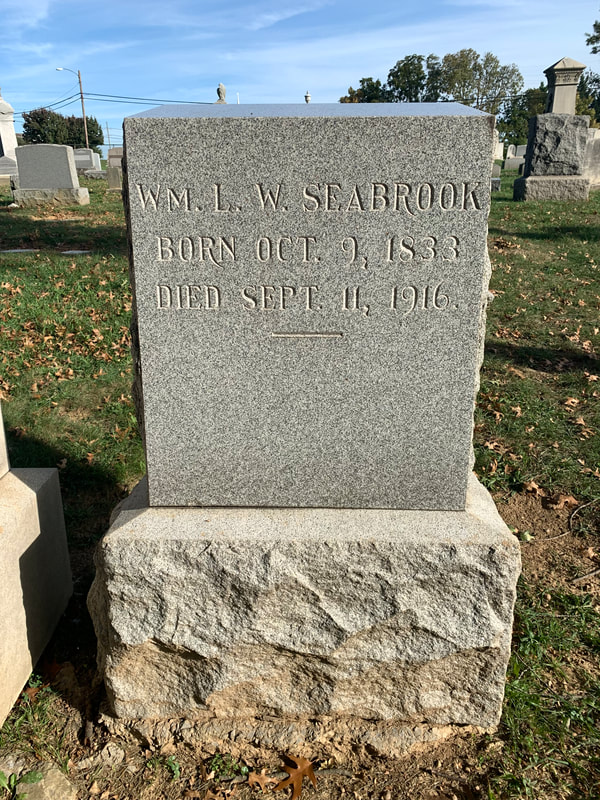

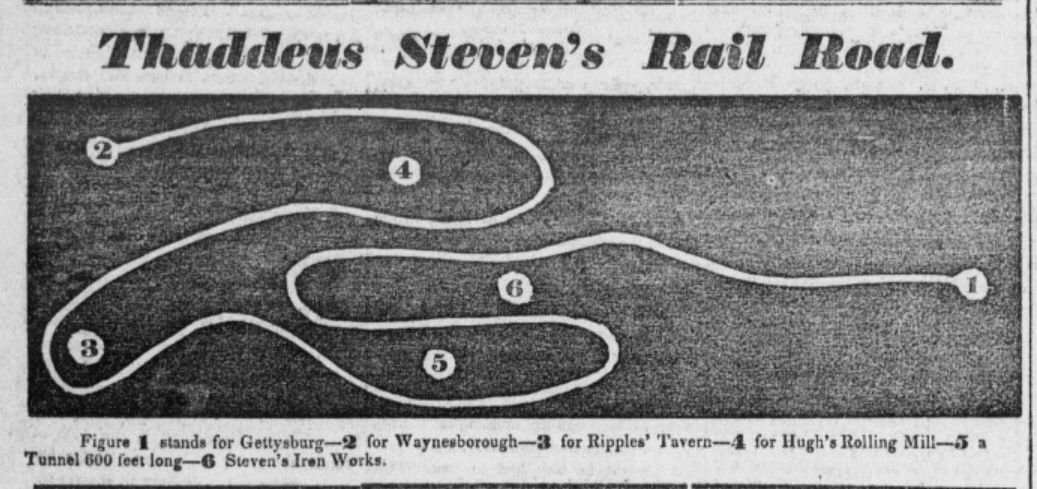





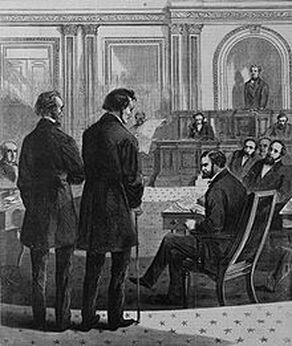





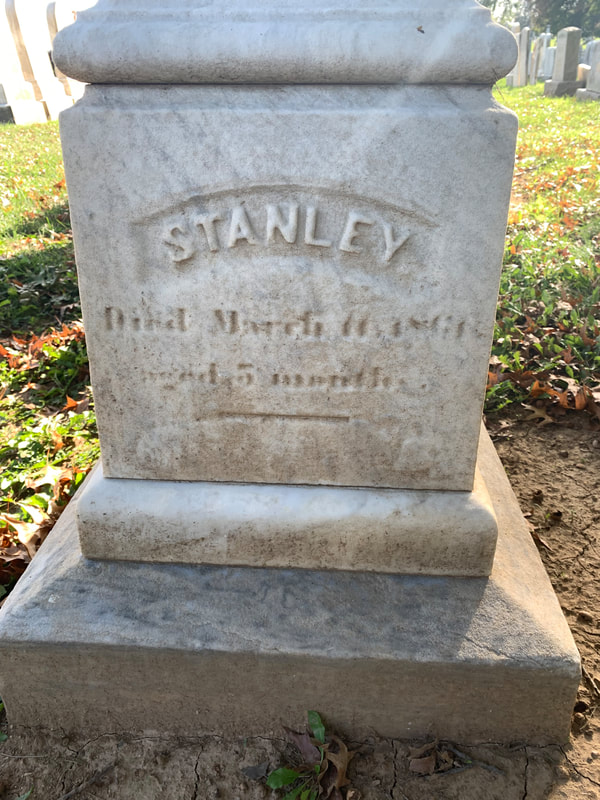
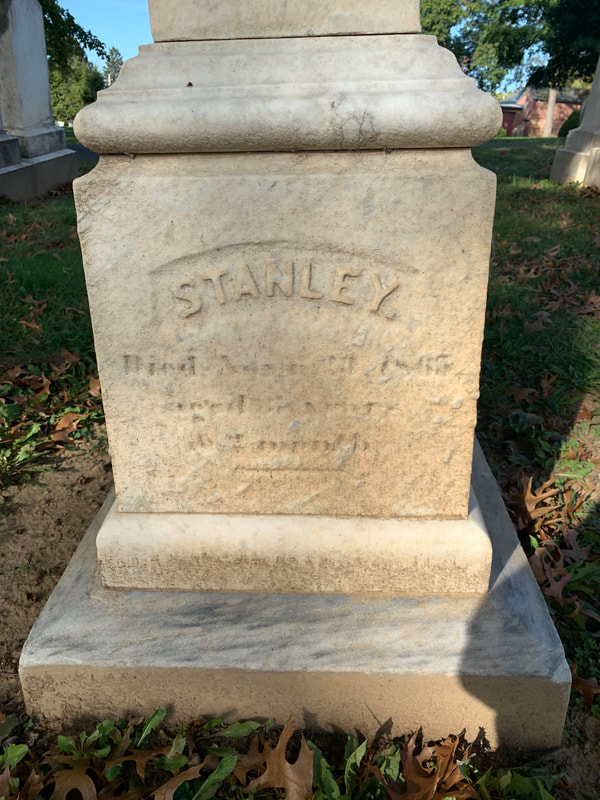

















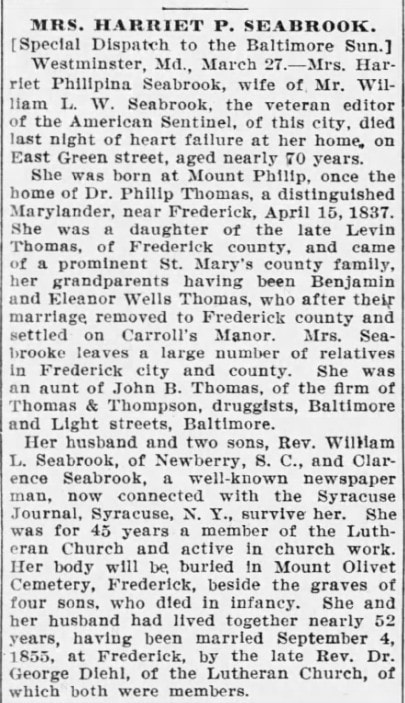

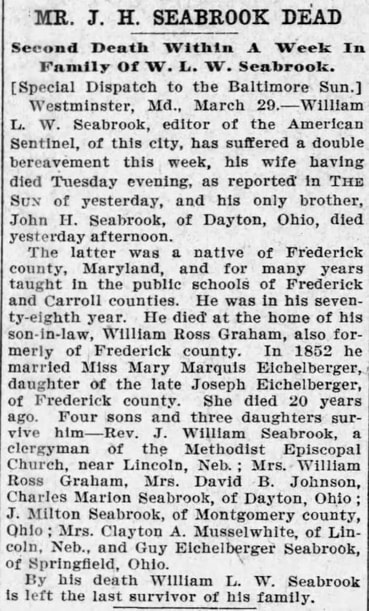


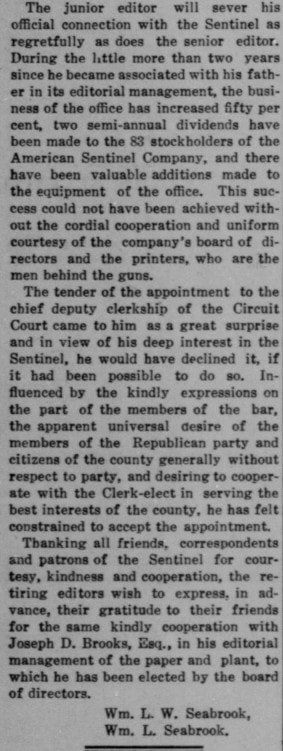






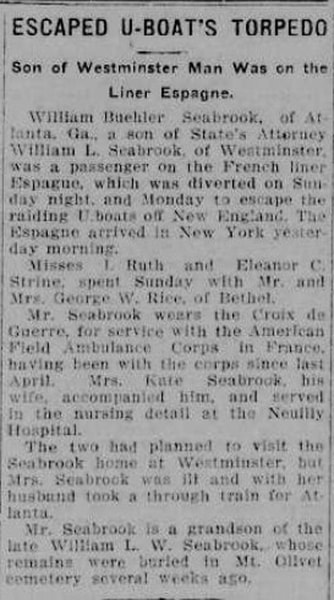
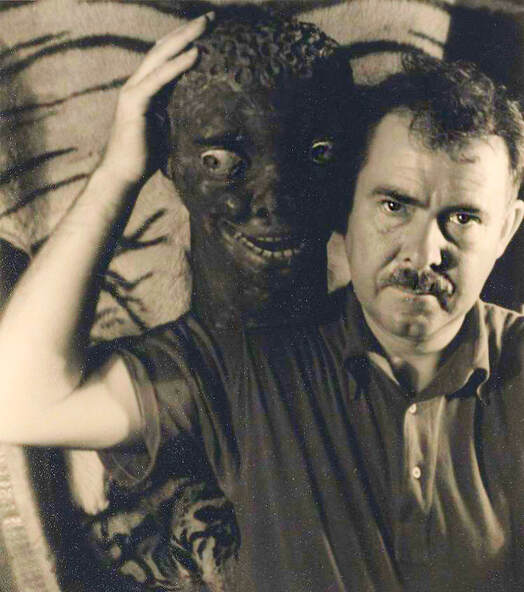
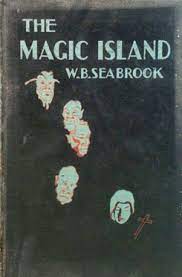
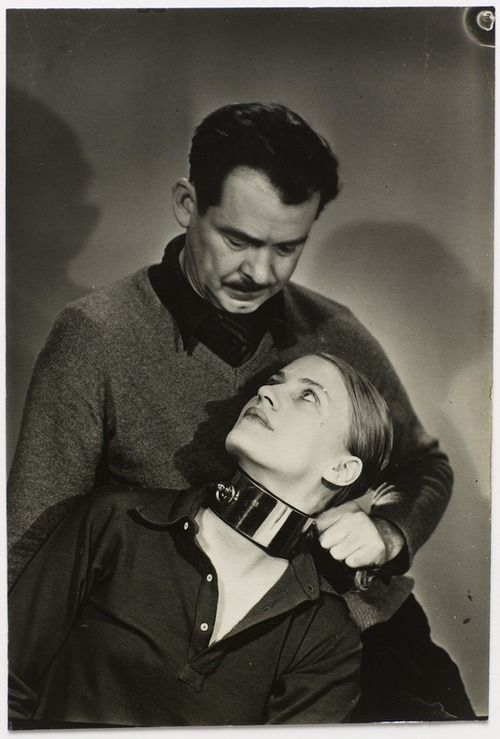

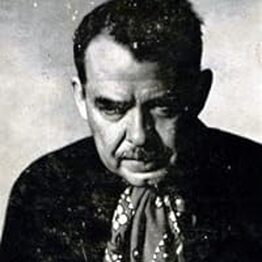


 RSS Feed
RSS Feed